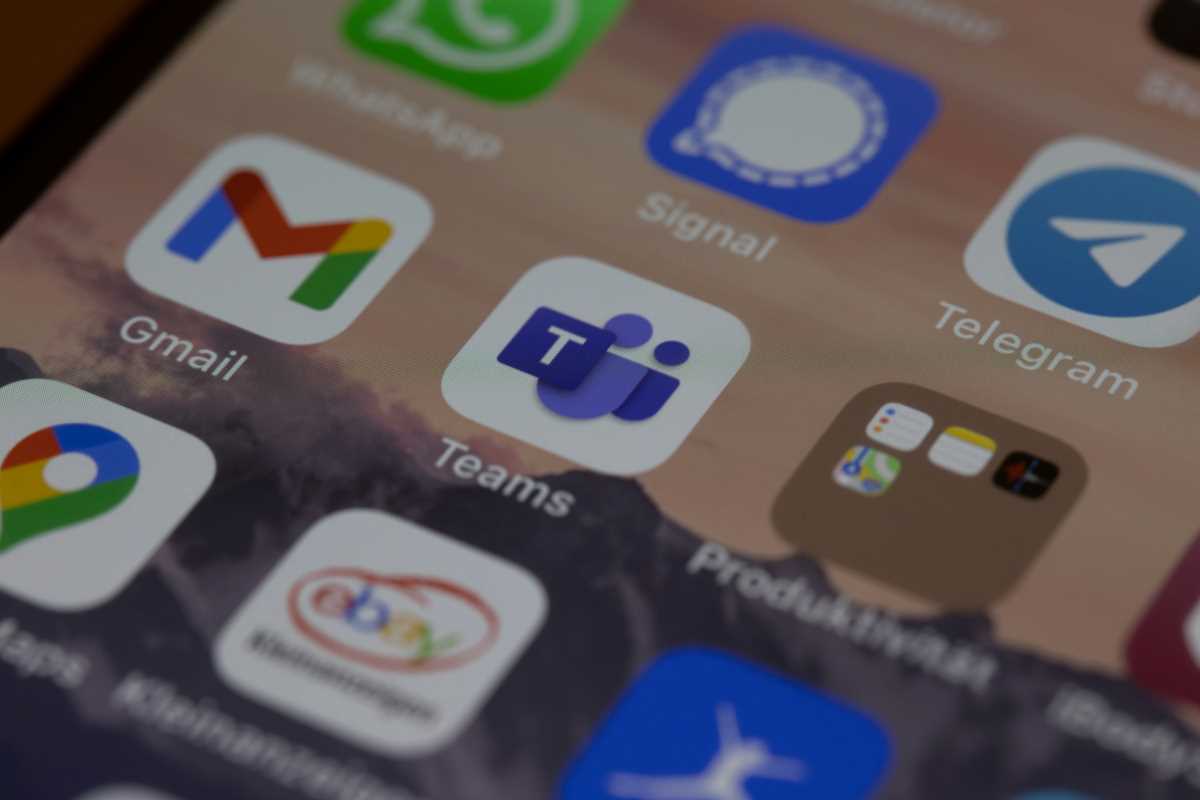Managing a remote team comes with its own set of challenges, from staying connected to keeping projects on track. But with the right tools, you can bridge the gap and create a productive, engaged, and well-coordinated team no matter where everyone’s working from. Whether you’re dealing with communication hurdles, project management chaos, or simply trying to foster a sense of camaraderie, these tools can help streamline operations and strengthen your team’s performance. Here’s a guide to the best tools for managing a remote team effectively.
1. Slack - For Seamless Team Communication
Staying connected is key when your team isn’t in the same office, and Slack is a standout communication tool. It offers real-time messaging, group channels, and direct messaging to keep everyone in the loop. Slack’s organized structure lets you create channels for specific teams, projects, or topics, so information doesn’t get lost.
What makes Slack even better are its integrations with other tools like Google Drive, Zoom, and Trello, allowing your team to work collaboratively without constantly switching apps. Plus, features like emoji reactions and GIF support give conversations a more personal, friendly vibe, helping your team stay connected and engaged.
2. Zoom - For Reliable Video Conferencing
When it comes to face-to-face interaction, Zoom is a go-to option for remote teams. Whether it’s a quick check-in, a brainstorming session, or a full-fledged team meeting, Zoom offers high-quality video and audio conferencing. Features like screen sharing, virtual backgrounds, and breakout rooms make it easy to collaborate and host interactive discussions.
For remote teams, Zoom fosters a sense of connection by allowing you to see and hear your colleagues. It’s also perfect for one-on-one meetings, webinars, or larger team gatherings, ensuring effective communication regardless of distance.
3. Trello - For Visual Project Management
Keeping projects organized can be tricky when your team is spread out, but Trello makes it simple. Known for its intuitive, card-based system, Trello helps you track tasks and workflows visually. Each task is represented as a card that can include due dates, attachments, checklists, and comments for updates.
Teams can create boards for specific projects, assign tasks, and move cards between columns like “To Do,” “In Progress,” and “Completed.” Trello’s straightforward design makes it a favorite for businesses of all sizes, and its adaptability means you can customize it to fit any workflow.
4. Asana - For Tracking Progress and Goals
If your projects involve multiple steps or detailed timelines, Asana is a fantastic tool for keeping everything on track. It offers a variety of views (like lists, boards, and calendars), so you can see the big picture or focus on specific tasks. You can assign responsibilities, set deadlines, and even integrate tools like Slack and Google Drive.
What’s great about Asana is its ability to help teams focus on goals. Features like milestones and progress tracking ensure everyone’s efforts are aligned with larger objectives. Whether you’re planning product launches or managing day-to-day operations, this tool has you covered.
5. Google Workspace - For Document Collaboration
Google Workspace (formerly G Suite) is essential for document creation and sharing. Tools like Google Docs, Sheets, and Slides allow remote teams to collaborate on files in real-time, minimizing confusion and version control issues. Google Drive serves as a centralized location to store and organize files, ensuring that everything’s easily accessible.
Collaboration features like commenting and suggesting edits make it easy for teams to provide feedback and improve documents together, even while working miles apart. Paired with tools like Gmail and Google Calendar, Workspace is a comprehensive solution for boosting productivity and organization.
6. Time Doctor - For Time Management and Productivity
Tracking how your team spends their time can help identify inefficiencies and better allocate resources. Time Doctor is a time tracking tool that logs work hours, provides insights into productivity, and shows how much time is spent on specific tasks or projects.
For managers, it offers a bird’s-eye view of how the team is managing their workload. For team members, it’s a handy way to stay disciplined and focus on top priorities. Time Doctor bridges accountability with adaptability, encouraging smarter time management.
7. Miro - For Virtual Whiteboarding
Remote teams often miss the experience of brainstorming together in a shared space. Miro brings the magic of whiteboarding to the virtual world. It’s an interactive online canvas where teams can brainstorm, map out ideas, and collaborate visually in real-time.
Whether you’re sketching workflows, creating mind maps, or prototyping new concepts, Miro supports a wide range of use cases. Its integration capabilities with tools like Slack and Trello make it even easier to fold into your existing operations.
8. Bonusly - For Team Recognition and Morale
Keeping team morale high is crucial, and Bonusly makes it easier to recognize hard work and foster a positive culture. This platform allows team members to award one another points for a job well done, which can then be redeemed for rewards like gift cards.
It’s a fantastic way to make recognition fun and engaging while reinforcing your team’s values. A little appreciation goes a long way, and Bonusly ensures those small but meaningful gestures aren’t overlooked.
 (Image via
(Image via





